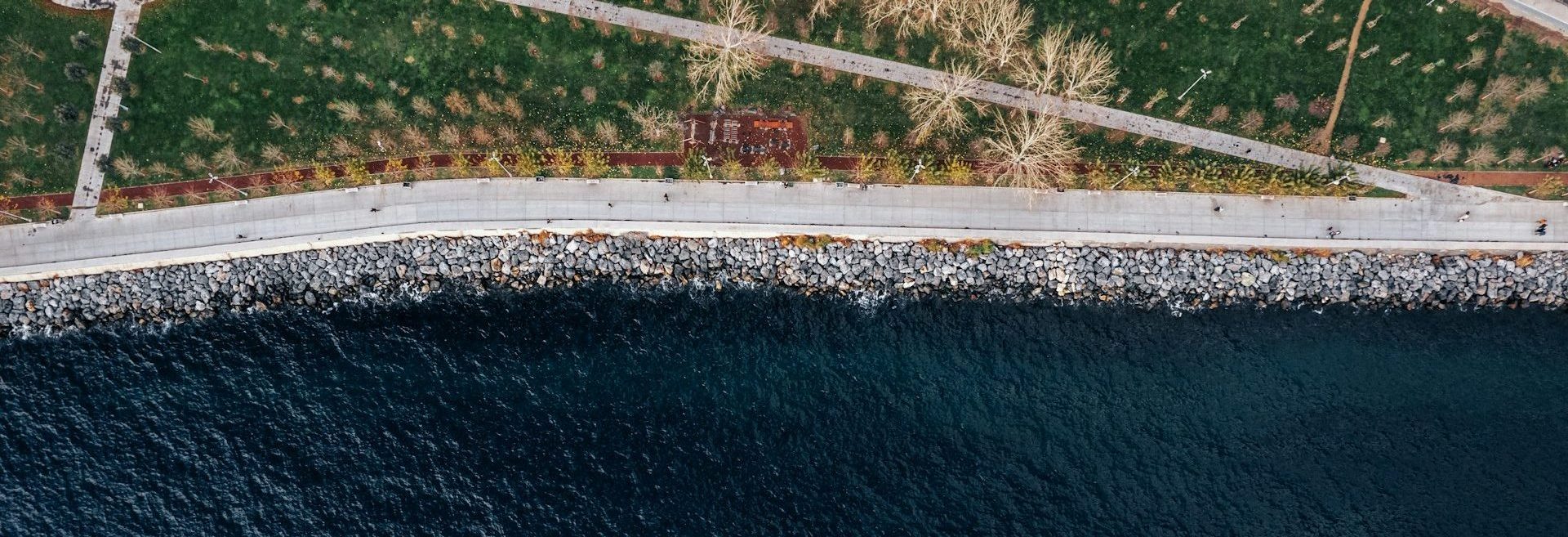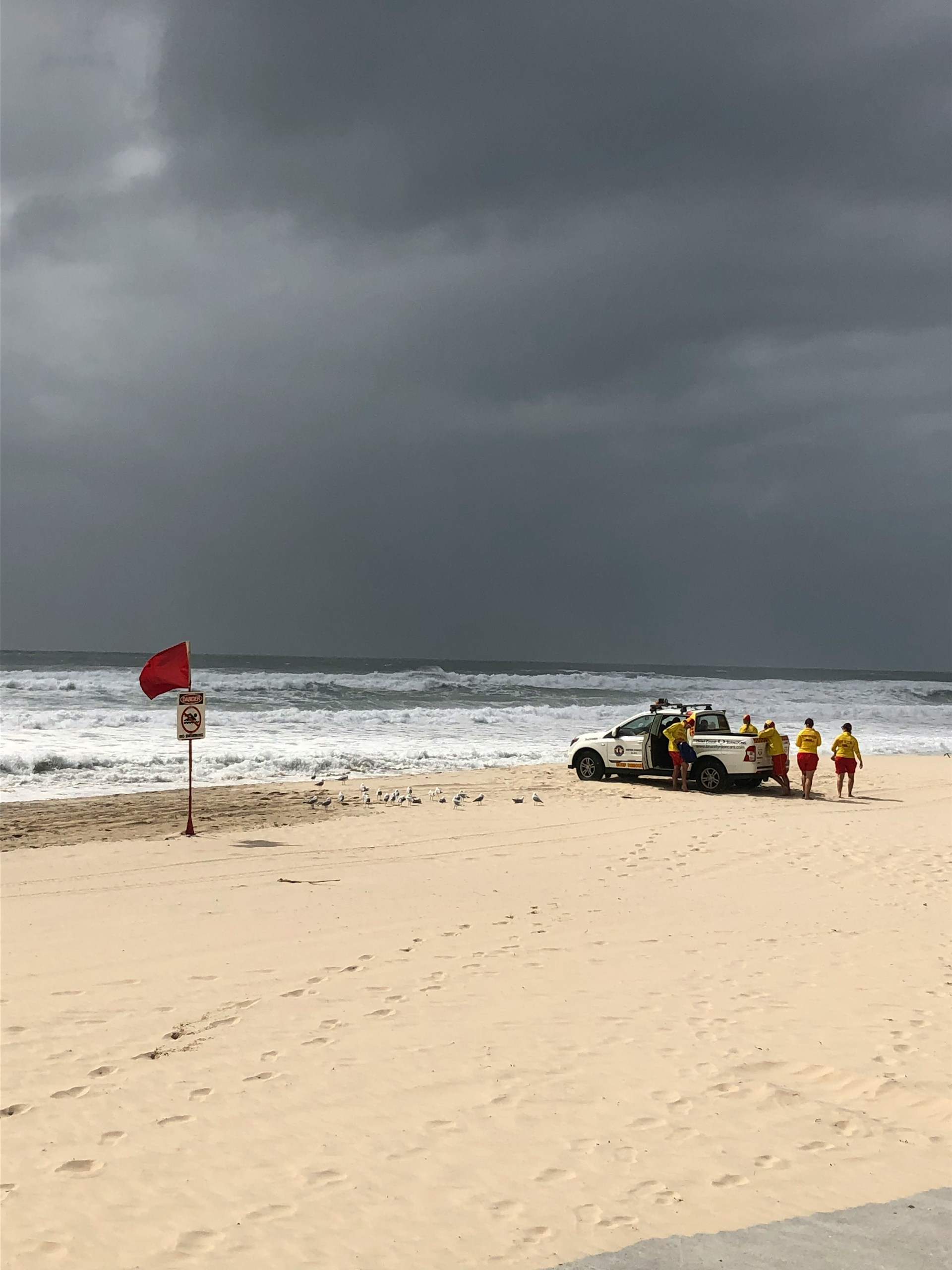During the initial day of COP28, the UNFCCC Parties approved the decision concerning the operationalization of the loss and damage fund, finalizing details on beneficiaries, donors, fund structure, and governance. Some nations promptly committed to contributing to the fund, yet the exact financial requirement remains uncertain.
“Loss and damage is currently a highly divisive, political, and minimally scientific issue”, says Massimo Tavoni, director of the CMCC-RFF European Institute on Economics and the Environment. “There is a significant body of scientific literature aimed at quantifying the economic impacts of climate change, yet it remains largely disconnected from the topic of loss and damage. In a paper currently under review, we analyze the required size of the fund and the associated uncertainties. We also discuss which financial architectures should work best.
To achieve this, we conducted a comprehensive review of existing literature in climate economics that assesses the economic impacts of climate change. We then applied this information to the specific context of loss and damage. In our work, we discuss how climate-economic damage functions can be used to capture both extreme events and slow-onset events, which are linked to profound damages as climate change progressively exacerbates societal and economic vulnerabilities over time.
We find that current climate-related economic impacts are already above half a trillion dollars and that an adequate fund for addressing loss and damage would need to be around $380 billion annually by 2025. This amount is three to four times larger than the Climate Fund, which targets an annual allocation of $100 billion annually..” [A preliminary version of the study is available here, ed.]
The uncertainties surrounding these figures are substantial, as Tavoni clarifies, primarily due to impact estimations. However, aligning with CMCC’s objectives, this scientific contribution holds the promise of bridging climate-related economic data with the political realm. It aims to enrich a debate that currently heavily relies on policy considerations.
“There are also significant ethical considerations to contemplate,” Tavoni emphasizes. “The beneficiaries of the fund are already well-defined – comprising very poor countries, predominantly situated in Africa and partly in Southand South Asia. Regarding the donors, which countries should provide financial support for loss and damage hinge on the principle of responsibility we adopt. Should we employ a historical responsibility principle, tracing emissions back to the Industrial Revolution, the primary contributors would be high-income nations. However, if we shift to a different responsibility principle, such as beginning emissions counting from 1990 (the year of the first Intergovernmental Panel on Climate Change report) or from 2015 (the year of the Paris Agreement), the balance changes between high-income and upper-middle-income countries. In the latter case (2015), we’d witness nearly equal contributions from high-income and upper-middle-income countries, which include China, Russia, South Africa, and other large economies. Contrarily, if we consider emissions from preindustrial times, we would recommend having a 100% contribution to the fund from high-income countries, with zero contribution from upper-middle-income countries. Regardless of the approach, none of the upper-middle-income countries would qualify as beneficiaries of this fund.”
According to the study, existing funding arrangements are inadequate considering the unique nature of loss and damage. Tavoni highlights that “the funding mechanisms utilized by other existing instruments and frameworks aimed at climate change mitigation would not be well suited for addressing loss and damage, due to their fundamental differences. While loans may serve as effective tools for mitigation investments, addressing loss and damage necessitates compensation, demanding novel approaches within financial frameworks. We advocate for innovative solutions, not only in quantifying loss and damage but also in crafting sound policy: new instruments and institutions are needed given the peculiarity of loss and damage financing when compared to climate and development finance.”
More on loss and damage and climate finance:
What do economic damage estimates tell us about financing loss and damage? (Preprint)
COP28 | ELISA CALLIARI: The vulnerability issue at the heart of the loss and damage fund
COP28 | CARLO CARRARO. The road ahead for climate finance
‘Loss and damage’ section on CMCC Foresight magazine






